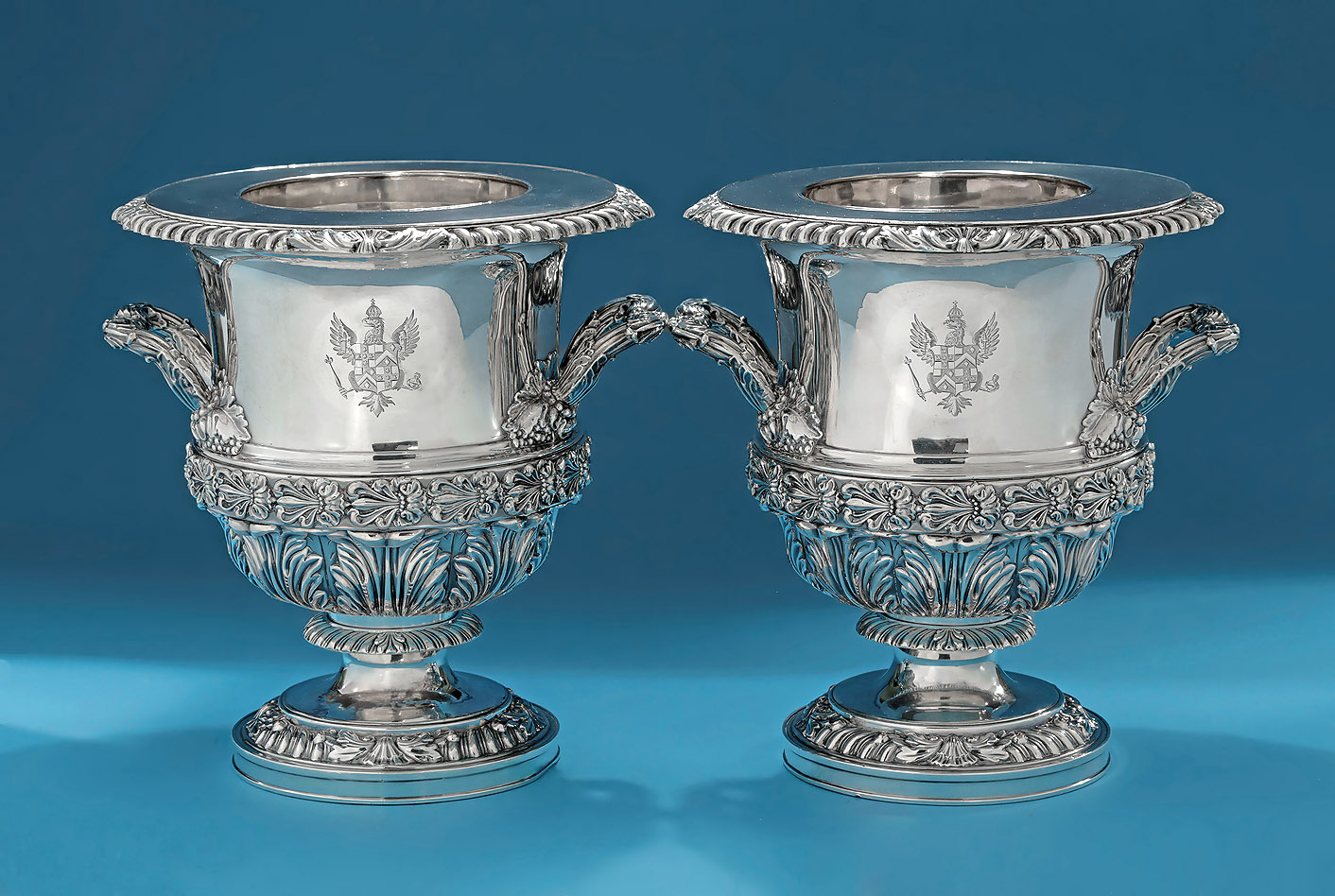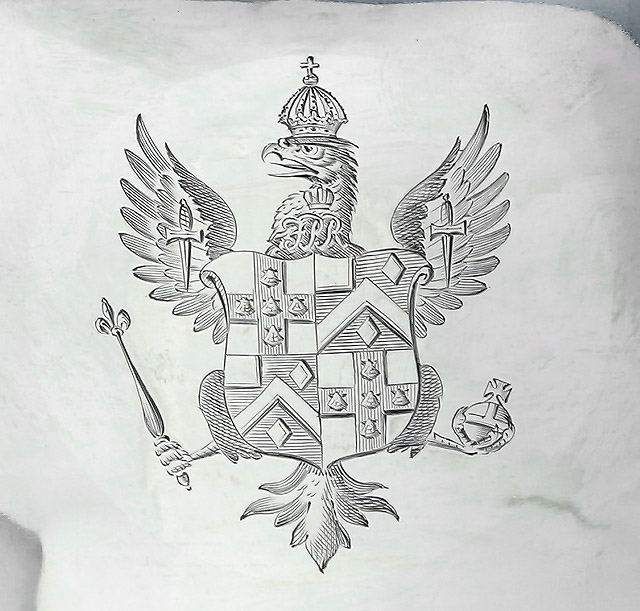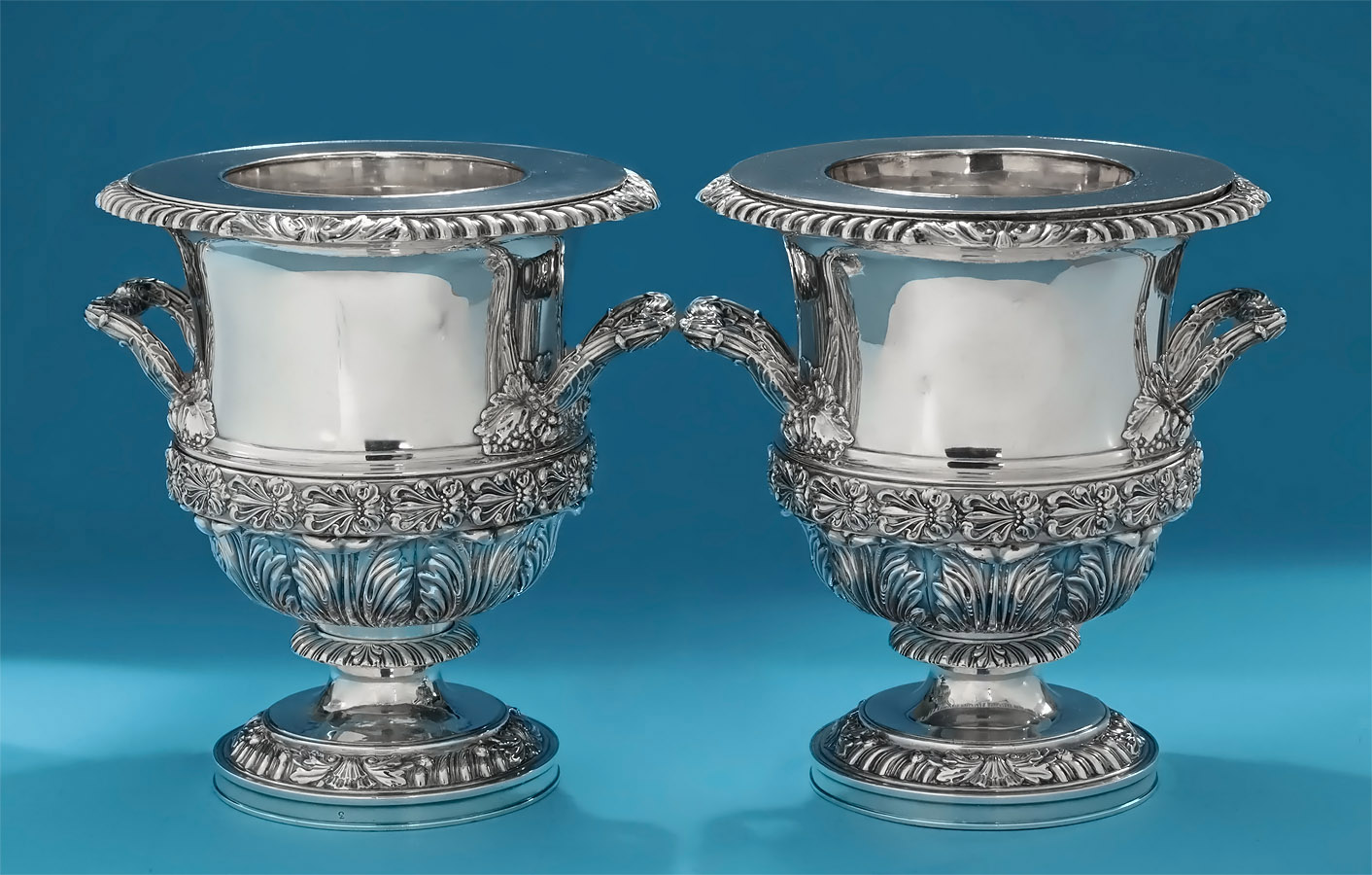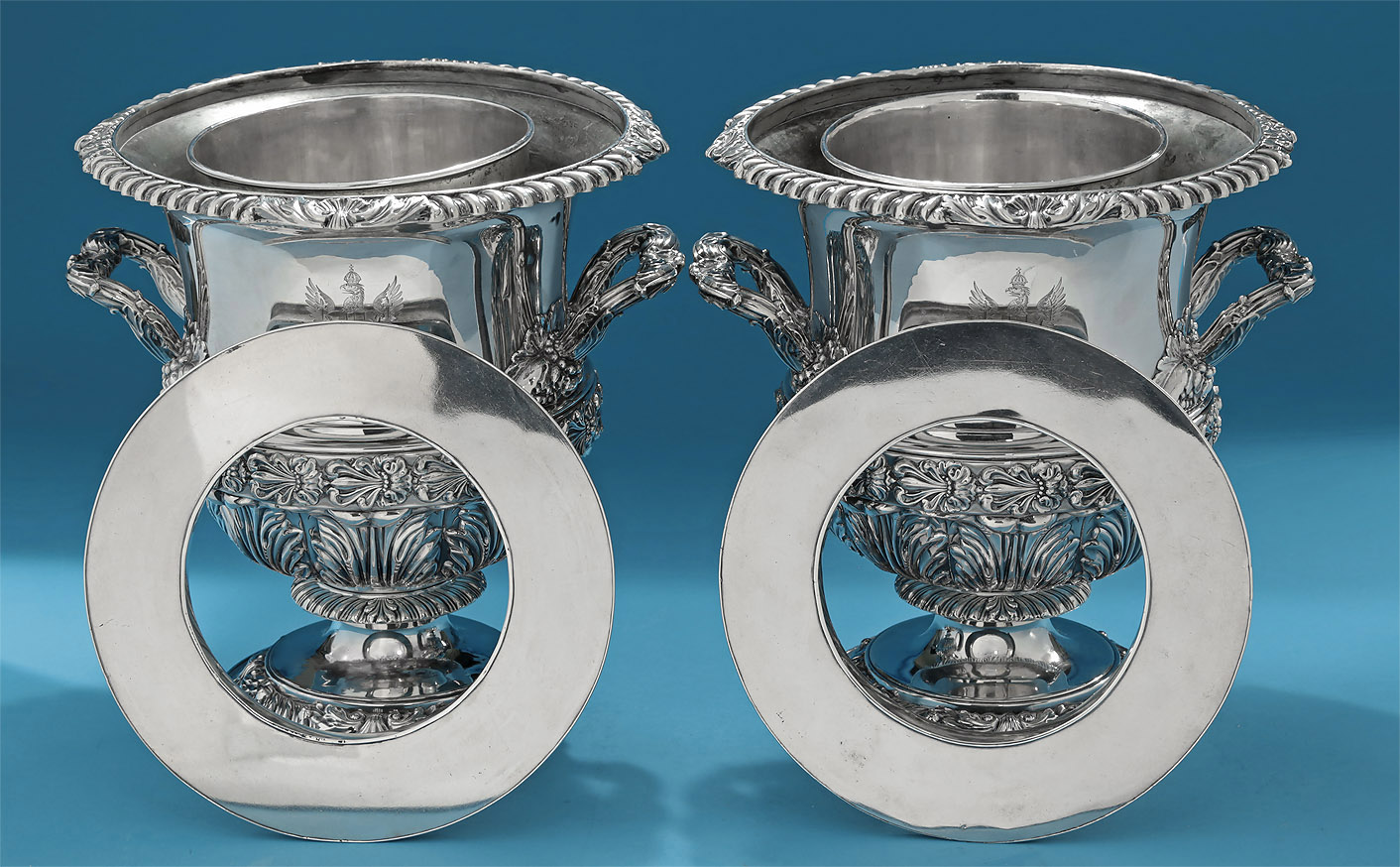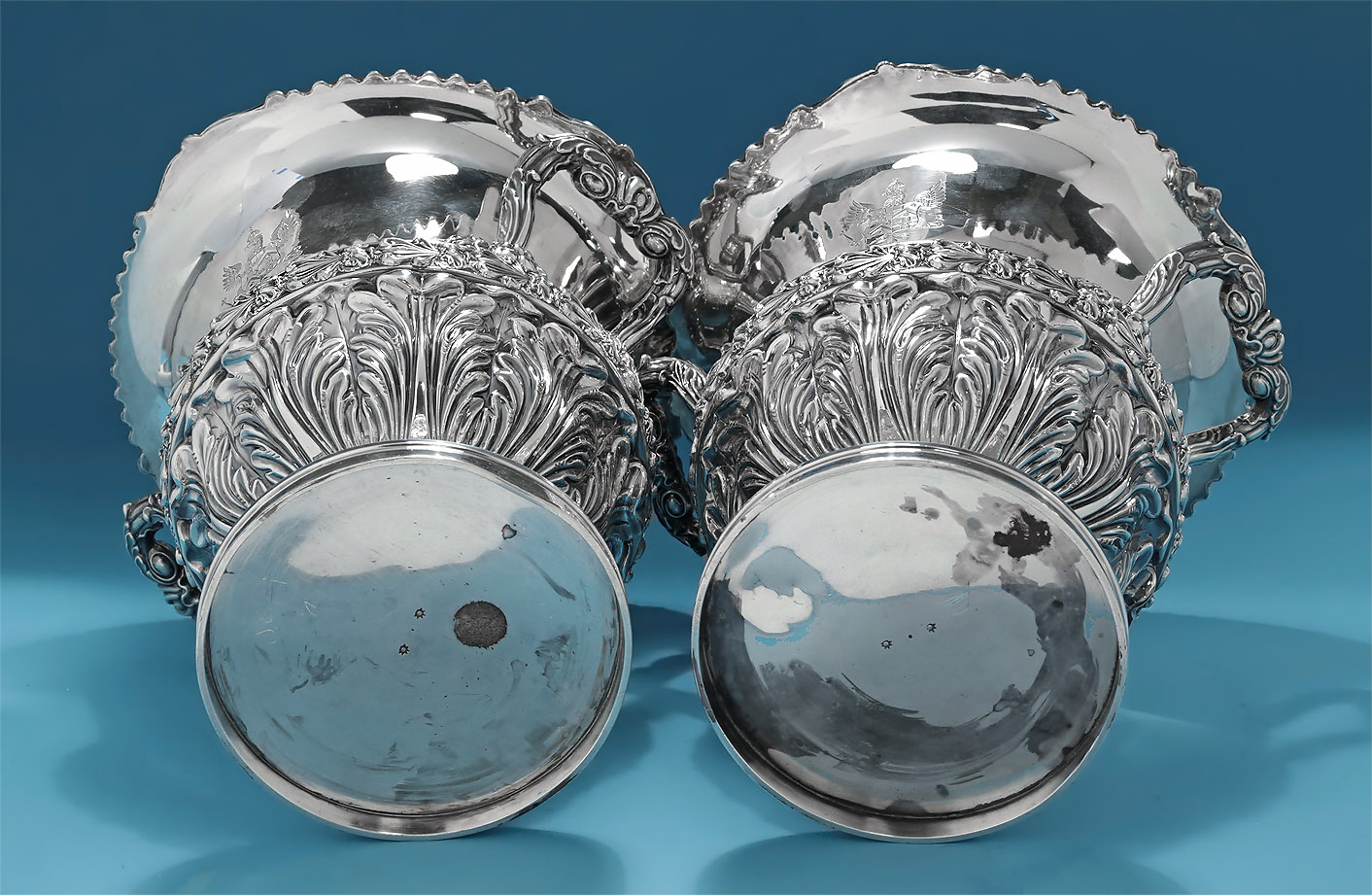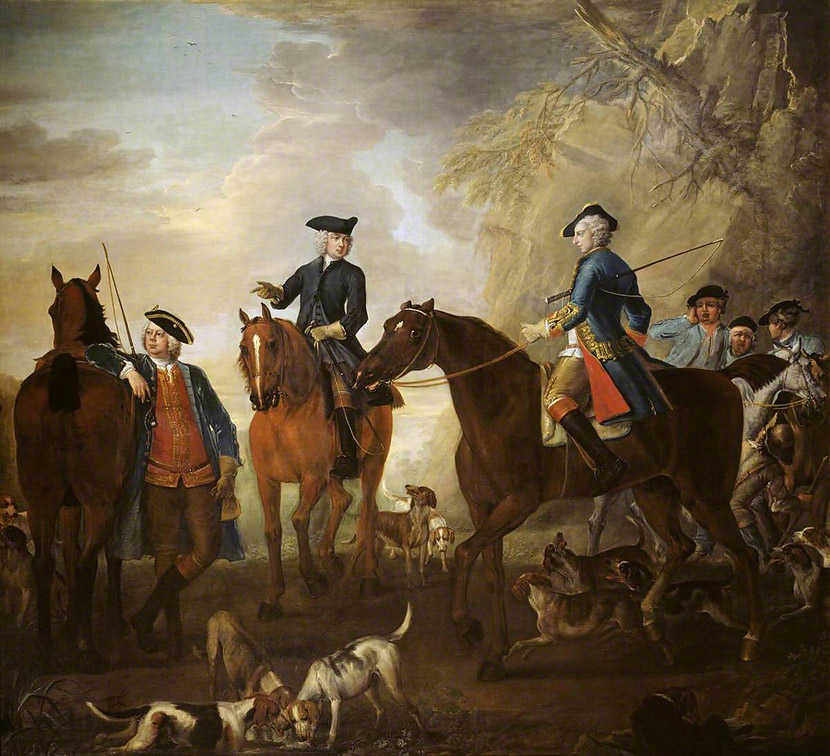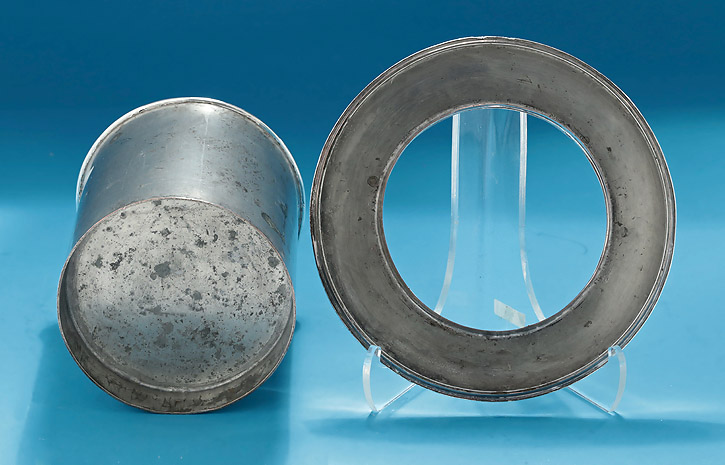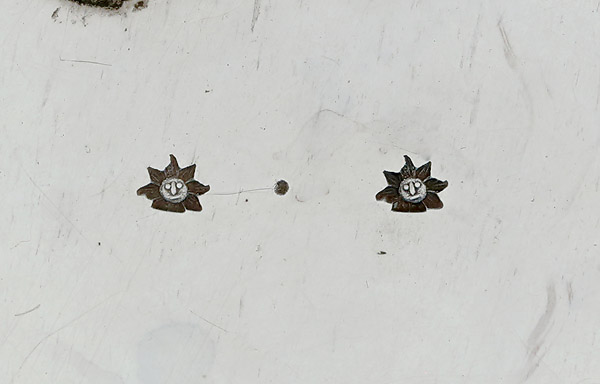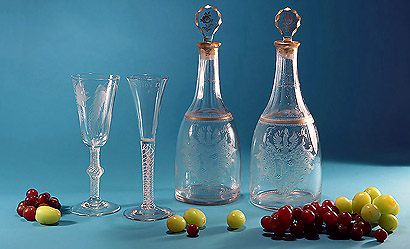|
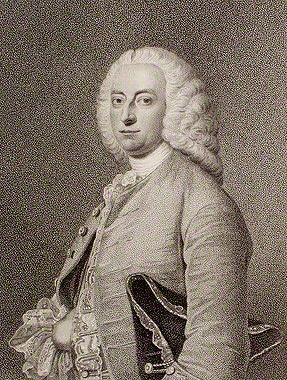
Thomas Villiers, 1st Earl of Clarendon, Charles Bestland, after Thomas Hudson
Stipple Engraving, Published 1 June 1803 /
National Portrait Gallery, London
The Arms of The Honourable Thomas Villiers
The armorial bearings as engraved upon this Pair of George IV Old Sheffield Plate Wine Coolers
by Matthew Boulton, of Birmingham dating to the first quarter of the 19th Century
are those of The Honourable Thomas Villiers.
They may be blazoned as follows :
Arms : Quarterly 1st and 4th Argent on a cross gules five escallops or (for Villiers)
2nd and 3rd Azure a chevron between three lozenges or a canton (……?......)
for difference (for Hyde)
The arms are resting upon the Prussian eagle* denotes an augmentation for
the Barony of the Kingdom of Prussia granted by the King of Prussia to Thomas Villiers.
* Germanic or Teutonic eagles often have a decoration on their wing which
terminates in a 'clover head' type design which unfortunately has been engraved he
re as a sword or dagger on each wing. The English engraver who undertook this work
was undoubtedly unaware of this particularly Germanic or Teutonic heraldic peculiarity.
Given the presumed date of manufacture of these wine coolers
and from that premise they were probably additions to an existing suite of silver
that bore the arms that were in use between 1748 and 1756.
The Honourable Thomas Villiers (born 1709 died 11th December 1786) was the second son of William Villiers,
the 2nd Earl of Jersey and his wife Judith Herne, the daughter and heiress of Frederick Herne.
After his education at both Eton College and Queens' College, Cambridge,
he became a diplomat serving as the British envoy to both the Polish-Lithuanian Commonwealth
and the Electorate of Saxony between 1740 to 1747.
During this time, he also served in this capacity in Vienna at
the Court of Maria Theresa of Austria between 1742 to 1743.
His last diplomatic post was to Berlin, the capital of the Kingdom of Prussia
as an envoy to the Court of King Frederick II of Prussia between 1746 to 1748.
At the end of this appointment King Frederick created
Thomas, a Baron of the Kingdom of Prussia.
He also sat as a Whig in the House of Commons as the Member of Parliament
for Tamworth between 1747 to 1756.
From 1748 to 1756, Thomas served as a Lord Commissioner of Admiralty.
On the 3rd June 1756, he was created Baron Hyde, of Hinton in the County of Wiltshire
within the Peerage of Great Britain; this being a revived peerage once held by the Hyde
forebears of Thomas's wife, Elizabeth Capell.
He also later served as joint Postmaster General twice with Lords Trevor
(1763 to 1765) and Carteret (1786), as well as serving as the
Chancellor of the Duchy of Lancaster twice (1771 to 1782, and 1783 to 1786).
On the 14th June 1776, he was advanced within the Peerage of Great Britain as the Earl of Clarendon.
This title was another revived title of the Hyde family.
Thomas married Charlotte Capell, daughter of William Capell, 3rd Earl of Essex and
his wife, Jane Hyde, the daughter of Henry Hyde, 4th Earl of Clarendon (of the 1661
creation) and Jane Leveson-Gower (pronounced as 'Looson Gore') on the 30th March 1752.
They had four children.
The significance of the dates 1748 to 1756, mentioned in the second paragraph above,
is that Thomas, a Baron of the Kingdom of Prussia, although a younger son of the
Earl of Jersey, he would have ranked as an Esquire in the United Kingdom.
The arms as engraved upon this pair of wine coolers show no incidents of a member of the
peerage, notably the use of a coronet of rank or supporters being a privilege of the peerage.
The bestowal of noble title by a foreign sovereign upon a subject of the British Crown had
no precedence or place in that Crown's realm, although such a title it could be used by courtesy.
Between the year 1756 to 1776, he would have borne
the heraldic achievement as Baron Hyde with supporters and ensigning his arms with
a British baron's coronet. After 1756 until his death in 1786, he would have replaced
this coronet with that of an earl's coronet.
(Villiers is properly pronunces "villas").
Heraldry Courtesy of John Tunesi of Liongam
Hertfordshire, United Kingdom |
